 1st July 2020
1st July 2020
 Post by Sheridan Hill
Post by Sheridan Hill
The issue of brand safety in the advertising industry is nothing new. Back in 2017, we saw YouTube enter an “ad crisis” as marketers detected their campaigns showing up in videos promoting terrorism and neo-Nazi groups. The platform took steps to tighten control on the way ads were distributed with blacklist and whitelist content – but not before scores of advertising dollars were re-disbursed elsewhere.
In the wake of what many encapsulate as an unprecedented year, social media is facing the same issue. While there is seemingly a new health, human rights and climate catastrophe every day, we have relied on media to keep us informed. But not all media channels are equally equipped to keep up with this demand for accurate, timely news.
In fact, social media networks have been accused of facilitating the spread of fake news and hate speech. Twitter began an initiative to curb the age of misinformation earlier this year, most notably adding a “get the facts” redirect to tweets they deemed “potentially misleading” by U.S. President Donald Trump. Facebook was not as quick to act and is now paying the price in the form of missing ad revenue.
CNN is keeping a list of high profile international brands that have announced a Facebook boycott. At the time of publishing, this includes Adidas, Ben & Jerry’s, Coca-Cola, Honda, Ford, Microsoft, Starbucks, Unilever and more.
Unilever made their thoughts towards social media clear in a statement, "We have decided that starting now through at least the end of the year, we will not run brand advertising in social media newsfeed platforms Facebook, Instagram and Twitter in the US… Continuing to advertise on these platforms at this time would not add value to people and society."
Back at home, it has been tempting for brands to curb their advertising spend entirely as New Zealand heads into COVID-19 recovery. However, as we previously noted, brands that continue to advertise and build their share of voice at this time will fair far better than their counterparts. Perhaps though, it is the channel selection that needs review.
To provide a local data point, we conducted an online survey during the lockdown which included a section on trust in media. Just 15% of respondents said that they trust what they read on social media is accurate. This figure jumped to 52% for newspapers and up to 59% for radio. Drilling down further, 75% said they trusted radio to give them up to date information about COVID-19.
The way that terrestrial radio advertising works in New Zealand means that a human (or in fact quite a few) are involved in the process of putting ads to air – making it extremely difficult to get hate speech and misinformation on the radio. We also have the Advertising Standards Authority, with the mission, “All advertising must be legal, decent, honest and truthful and respect the principles of fair competition, so that the public can have confidence in advertising.”
The Broadcasting Standards Authority monitors radio brands themselves, with a note in the radio code that, “Broadcasters should make reasonable efforts to ensure that news, current affairs and factual programming is accurate in relation to all material points of fact and does not mislead.”
Brand safety is something that has always existed -and been policed- in radio. This paired with a reach of 3.3million New Zealanders each week makes radio an easy, effective and safe advertising option for your next campaign.
Talk to The Radio Bureau about addressing your brand safety concerns.
Sources: (1) GfK NZ COVID-19 Study, April 27-28 2020, Nationally representative online study, People 18+, (unless otherwise specified), n=500. (2) GfK New Zealand Commercial Total New Zealand Survey 1 2020, Mon-Sun 12mn-12mn, People 10+, Cumulative Audience (000).

Check out one of our similar news articles below.
© 2022 TRB All Rights Reserved